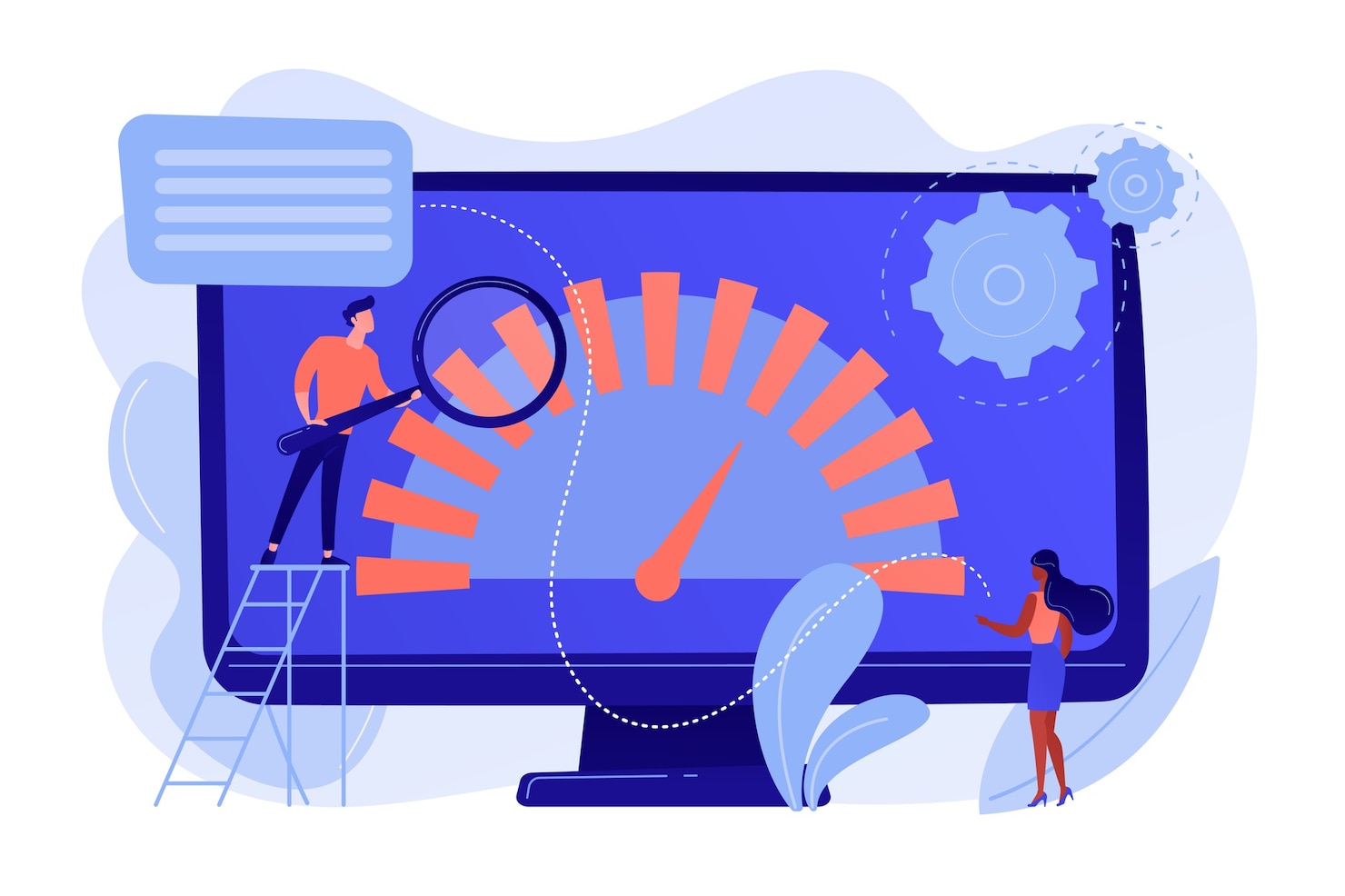A/B Testing 101: How to Effectively Boost Your Landing Page Conversions
Welcome to the wonderful world of A/B Testing. In the simplest terms, A/B testing is a method of comparing two versions of a webpage or other user experience to determine which one performs better. It's a fantastic conversion rate optimization (CRO) strategy that will play a key role in your online success.
By conducting A/B tests, you can increase conversion rates, improve website performance, and ultimately, make your website work harder for you. Buckle up, buttercup, we're about to get nerdy.
What’s a Landing Page?
Before we dive into A/B testing, let's take a moment to discuss landing pages. A landing page, dear reader, is a standalone web page, distinct from your main website, that serves a single focused purpose. That purpose? To convert visitors into leads or customers, of course.
Why are landing page conversions important? Without conversion, your landing page is just a digital billboard in the desert. Optimizing your landing page for conversions is key to driving meaningful results and making sure your online marketing efforts aren't going down the drain.
Basics of A/B Testing
To conduct A/B testing (also known as split testing), you start with two versions of a webpage: version A (your control) and version B (your variation). Then you serve these two versions to different segments of website visitors simultaneously and measure their performance based on a predetermined metric (such as click-through rates or conversions).
You can test a myriad of elements: headlines, call-to-action (CTA) buttons, images, copy, forms, and layouts.
Process of A/B Testing
- Identifying Goals and Hypotheses: Start by figuring out what you want to achieve. Increase conversions? Improve click-through rates? Once you've defined your goal, formulate a hypothesis. For instance, "Changing the CTA button from green to red will increase click-through rates."
- Creating Variations: Now, using A/B testing tools, create a variation of your landing page that reflects your hypothesis. This will be your version B.
- Testing and Collecting Data: Run the test by showing version A to half your audience and version B to the other half. Tools for web analytics can help you collect and analyze the data.
- Analyzing the Results: After you've run the test for a statistically significant amount of time (more on this in a bit), it's time to analyze the data. Did version B outperform version A? Congratulations, you've found a way to boost conversions!
Case Study: How A/B Testing Can Boost Conversions
There are countless tales of companies striking gold with A/B testing. Take the story of Humana, a health insurance provider. They saw a 433% increase in click-through rates simply by changing their CTA button from "Get started now" to "Shop Medicare plans."
Another example comes from the Official 2010 Vancouver Olympics Store. They did an experiment where half of the website visitors were sent to a simplified checkout, and the other half went to the original, which was yielding sub-par conversion rates. After 606 sales, they found out that the one-page checkout was doing almost 22% better than the two-page one. As a result, the store saw decreases in cart abandonments and increases in web conversions.
The lesson? Even seemingly minor changes can have a big impact.
Best Practices in A/B Testing
Now that you're eager to dive into A/B testing, here are some best practices to guide you:
- Test One Variable at a Time: While multivariate testing allows for testing multiple changes at once, if you're new to this, stick with A/B testing and change one thing at a time so that you'll know what caused the change in performance.
- Utilize the Right Tools for A/B Testing: Tools like Optimizely, VWO, or Google Optimize can help streamline your A/B testing process.
- Give Your Test Adequate Time: Patience, young grasshopper. To make sure that the results of your test are statistically significant, you need to run it for a minimum of one to two weeks and a maximum of four weeks.
A/B testing is not just a fancy buzzword, it's an effective way to optimize your website and boost landing page conversions. You can significantly improve your website performance with a clear understanding of A/B testing strategies, a dash of creativity, and a sprinkle of patience.
A growth studio like Room 214 can help guide you through the A/B testing process and provide strategy assistance on every stage of your growth journey. Schedule a free call today!